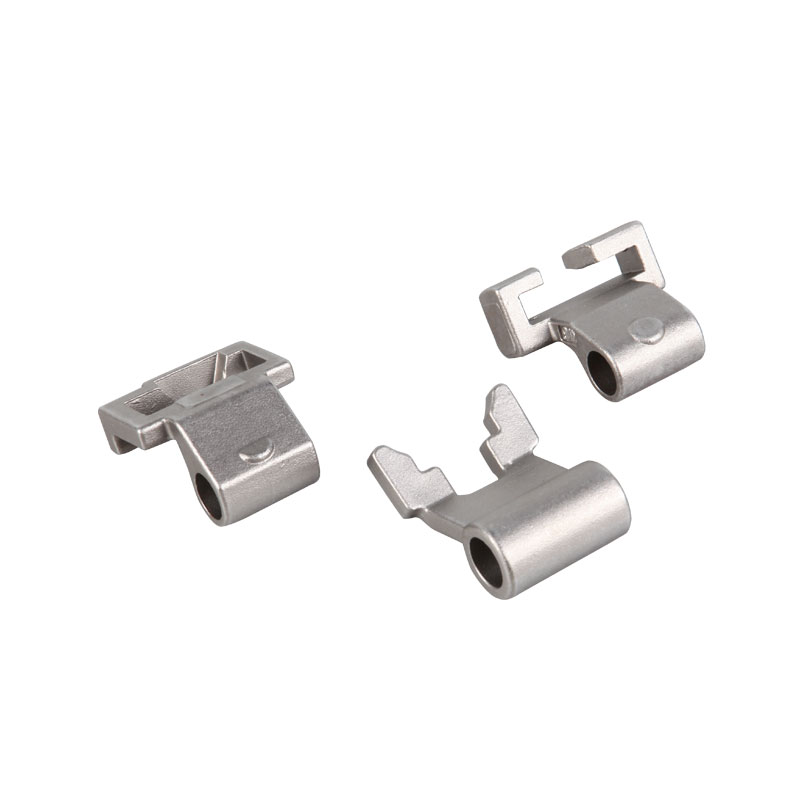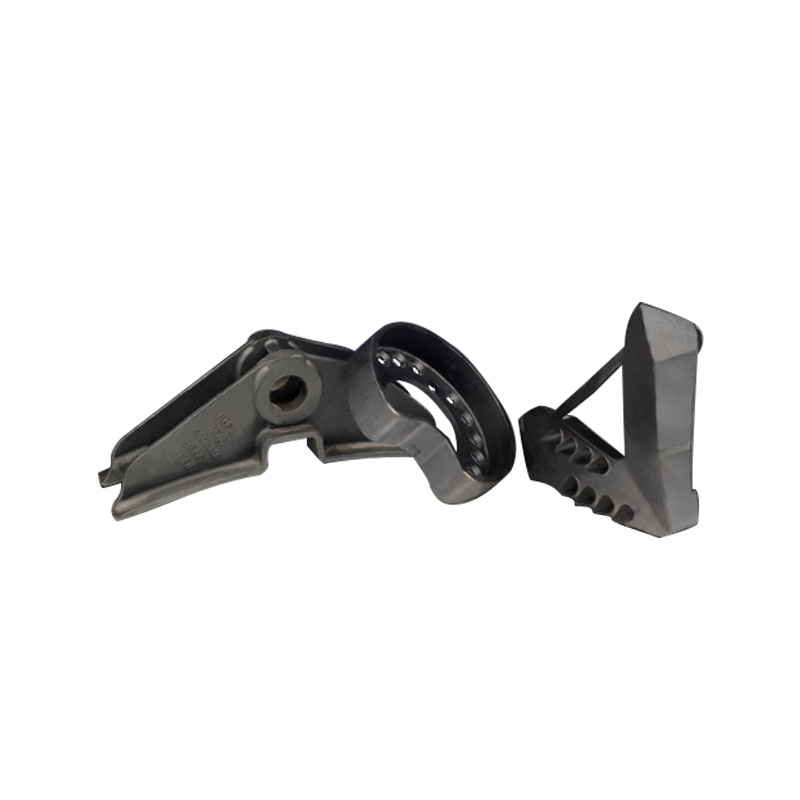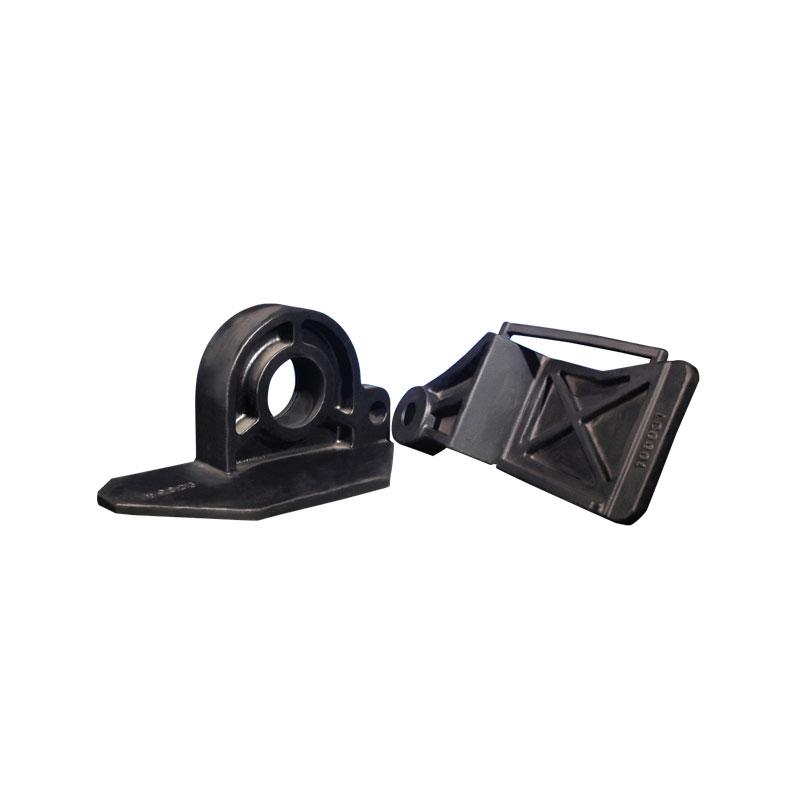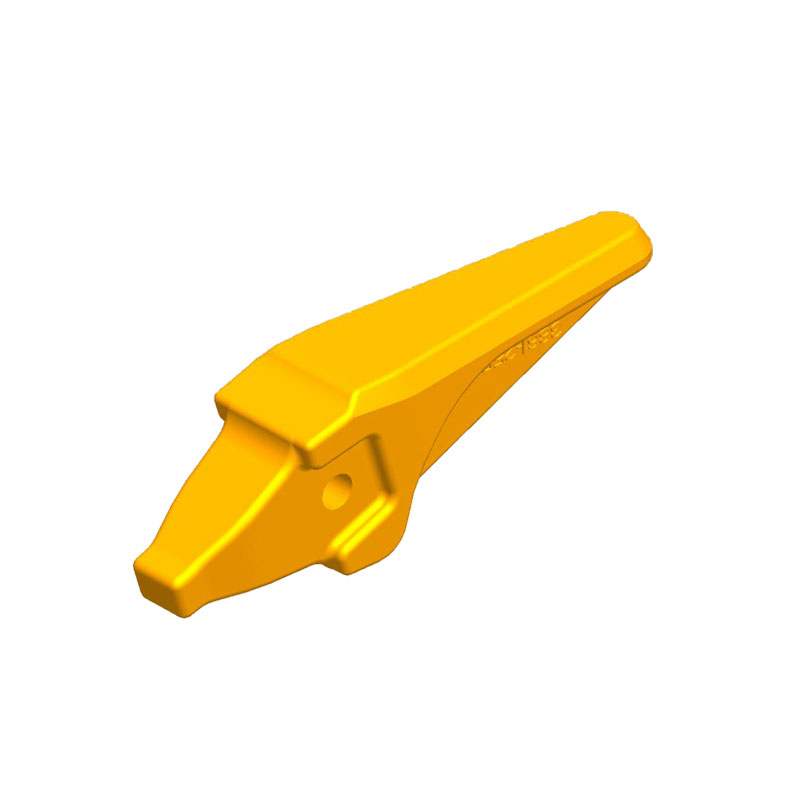Investment casting is an industrial process based on lo […]
Investment casting is an industrial process based on lost-wax casting. It is one of the oldest methods of forming metals. The term "lost-wax casting" is still sometimes used today to describe modern investment casting processes. This article will discuss the process and tooling involved in investment casting and what you can expect from the process. Let's get started! Throughout this article, you will learn how investment casting works, the benefits, and how much it costs.
Process
The Process of Investment Casting begins with the development of a wax model of the desired part. The investment casting process uses this model as the basis for creating the component. The process can be simplified by the use of 3D printing technology. This type of manufacturing also offers rapid prototype castings and can be completed in a shorter period of time. For complex internal undercuts and shapes, a minimum hole diameter of 1.5 mm may be required.
The next step in the process is known as dewaxing. This process involves melting out the wax pattern and leaving behind a monolithic ceramic shell with cavities that closely match the original wax pattern. The shell is then filled with investment powder, which is a finely ground quartz material. The investment casting process has several advantages over other types of manufacturing. It has the potential to produce high-quality and durable objects. Unlike other processes, it eliminates the need for secondary processing and results in flawless parts.
Tooling
Compared to other methods of producing parts, investment casting offers more consistent, near-net-shape components. This method also requires little machining and produces very few waste parts. It also provides incredible accuracy and fine details. To understand why investment casting is such an advantageous method of making parts, it helps to understand some of the differences between it and other methods of casting parts. These differences are explained further in the following sections. To understand how tooling is important for investment casting, let's look at a few examples.
Investment casting is the only method of manufacturing hollow gas turbine blades and vane, two components that are often complex aerofoil shapes. They are made from a nickel-based super-alloy that is hollow. The hollow component is only possible with investment casting, and requires a specialized tooling process. The process also requires dimensional & metallurgical qualification. Iterative trials are required to characterize the process variations.
Benefits
An investment casting mold can be created from a variety of metal alloys, including carbon steels, stainless steels, and heat resistant alloys. This process is also beneficial for achieving tight tolerances and a better surface finish. The process can be used to manufacture complex shapes, as well as components with intricate features. It is also a great choice for large production runs. Unlike other processes, investment casting requires considerable preparation. However, the cost of production decreases as the number of castings increases.
Product Name:OEM SS CASTING PARTS SILICA SOL PROCESS FOUNDRY

Product description:
Process: Silica sol Process
Material: Stainless Steel
Standard: ISO, DIN, GB, AAR, BS
Max Size: 500mm
Weight: 0.005-30kgs
Tolerance: CT3-7
Year Capacity:20000 T
For more details, please visit it OEM SS CASTING PARTS SILICA SOL PROCESS FOUNDRY
Welcome to mail:[email protected] or call 0086-574-88545657



